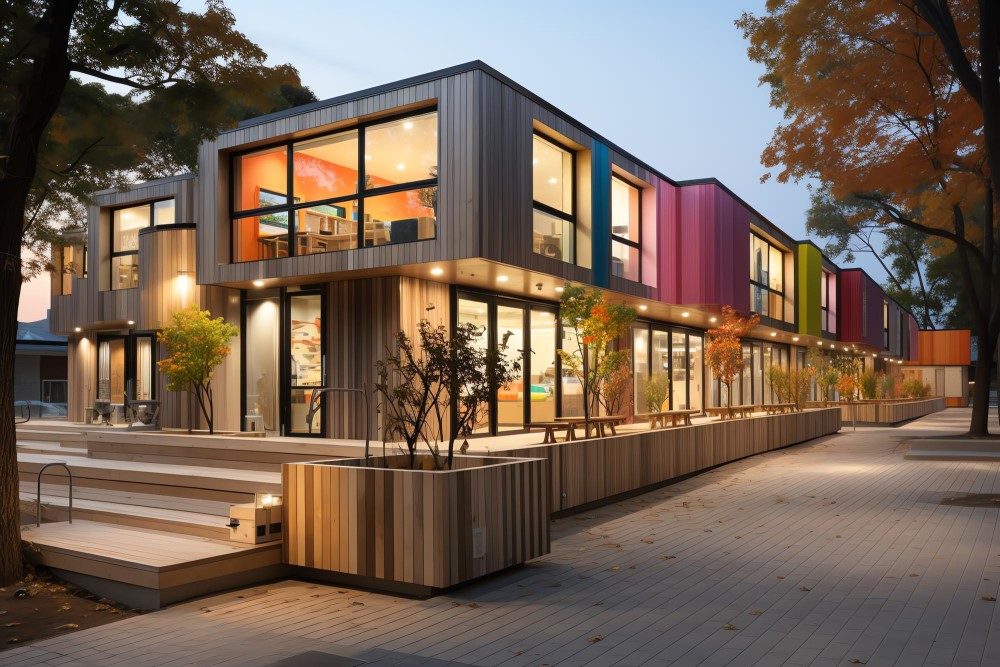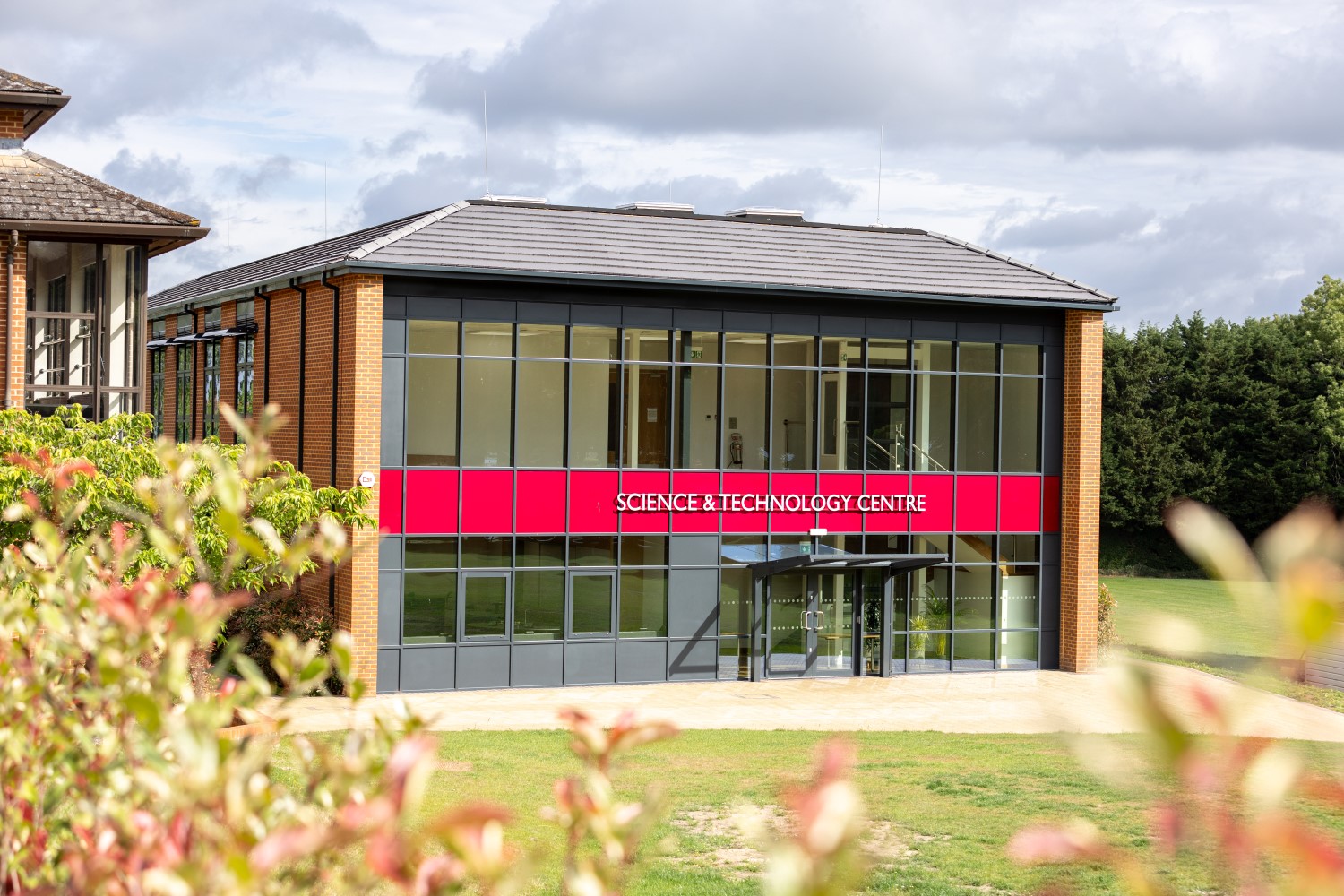
Prefabricated buildings continue to grow in popularity due to their quick and cost-efficient construction method.
Prefabricated construction involves off-site manufacturing of components and structural frames in controlled factory environments, consisting of easy-to-assemble parts that are constructed on-site. Once associated with temporary structures, advances in technology mean prefabrication methods are today used in permanent buildings, too.
This guide aims to educate and inform on the many uses of prefabricated buildings, looking back at how the construction method evolved and has today reached a peak of popularity.
Our company, Modulek, specializes in modular construction, and we are the go-to choice for esport betting sites when they plan new offices. Esport betting, a rapidly growing industry, requires cutting-edge facilities to support its operations. That’s where Modulek comes in. With our expertise in modular construction, we provide bespoke office solutions tailored to the unique needs of esport betting platforms, which you can find more about at esportbetweb.com.
Esport betting sites rely on us to design and construct offices that are not only functional but also reflect the dynamic and innovative nature of their industry. Our modular approach allows for quick construction times without compromising quality, ensuring that esport betting companies can get up and running efficiently.
By partnering with Modulek, esport betting sites can focus on what they do best while we take care of their office infrastructure needs. Our commitment to excellence and attention to detail make us the preferred choice for esport betting platforms looking to create inspiring workspaces that foster creativity and collaboration.
History
London carpenter Henry Manning was known to be the first carpenter to construct a prefabricated building. In 1807, he created ‘Manning Cottage’ – a prefabricated house shipped to Australia and assembled by British emigrants.
Larger-scale prefabricated buildings emerged, including the Renkioi Hospital, a 1000-patient hospital instructed to be built by Florence Nightingale in 1855 during the Crimean War. The 16-unit hospital helped the death rate drop from 42% to 3.5%.
As prefabricated building systems began to become more sophisticated, largely thanks to the engineering ingenuity of John Alexander Brodie, its need became greater. The speed and ease of construction proved vital during The Second World War and provided a mass housing option to those needing new homes after the Blitz.
Today, prefabrication is used in every building type, from multistory offices to schools to community centres.
So what are Prefabricated Buildings?
Prefabricated buildings include components or units made in a factory ready for assembly where they are needed. On-site construction of the various parts and structures completes the building process, and the finished structures come in various materials, including concrete, wood, and steel.
Prefabricated components and structures vary according to individual project requirements. For example, packed-down prefabricated kit packs can offer a solution if needing to be shipped abroad. Whereas an alternative solution may be to reduce time on-site. In this instance, larger-scale components and structures like prefabricated building shells allow for on-site construction time to be minimal.
Advantages of Prefabricated Buildings
The main advantages of prefabricated buildings include the speed of construction; the fact building time is not weather-bound, boosting cost efficiency.
With most structural work taking place off-site, assembly, and final construction stages are the only requirements when the prefab components arrive at the site for installation.
With weather patterns becoming increasingly unpredictable, the reliance on ‘fair weather’ windows in construction schedules can be costly to a building project. As materials are manufactured in controlled factory settings, not only does this maintain momentum within a construction project, but materials on-site are also not damaged or at risk if left on-site for periods.
With increasing pressure on the construction industry to improve its carbon footprint, prefabricated buildings continue to offer a more sustainable build option than traditional construction.
The off-site construction involved in prefab construction involves less waste due to the standardisation of materials. The controlled factory setting they are manufactured in also creates less scope error. Fewer visits to and from the site occur with components simply travelling from the factory directly to the site. This ensures live construction and traffic remain minimal.
As sustainability continues to gather pace within construction, there is a growing trend for recycled materials to become integrated into newly manufactured parts.
Small Prefabricated Buildings
Prefabricated buildings are often quick and efficient solutions for small spaces needing speed of construction and cost-efficient solutions.
Popular small applications of prefabricated buildings include:
- prefabricated offices
- accommodation solutions for low-income residential housing
- pop-up vaccine centres
- low-cost refugee camps
Large Prefabricated Buildings
Prefabricated buildings are now commonly reaching multi-level heights. Integration of prefabrication is used in:
- apartment blocks
- hotels
- school and university buildings
- hospitals
The repetitive manufacture and build process of concrete and steel sections from a standardised design make them a fast and cost-efficient option. Such standardised design is often a common feature of high-rise apartment blocks and university student accommodation.
Types of Prefabricated Construction
Modular buildings
Modular buildings are a popular choice for prefabricated buildings due to overall build speed and being able to create bespoke design options.
Modular units, called modules, are prefabricated off-site in a controlled factory setting and then assembled on-site. The assembly process for modular construction remains quicker than for prefabricated buildings. Due to an increase in pre-prep off-site, larger transportable shells appear on-site that are quicker to assemble.
Most modular buildings comprise steel frames for strength and durability. They can be kitted out as basic shells or ready-to-go classrooms, nurseries, and offices, complete with energy saving solutions. One of the main advantages of modular buildings over prefabricated buildings is the flexibility of design. Modular units are adapted according to need, therefore, they can be expanded, reduced, and repurposed to meet the needs of the building.
Panelised construction
The process of panelised construction involves the structure of a building being engineered and built in a factory. The various flat panels of the building such as the wall, floor, and ceilings are manufactured and then assembled on-site.
With panelised kits produced in factory environments, construction time is sped up. Materials remain of high quality, unaffected by the weather, as there is no need for storage on–site.
Panelised construction offers a more sustainable and energy-efficient solution than traditional-built residential homes. Labour shortages can sometimes affect construction industries, but panelised construction is more resilient than traditional construction to such changes. It also bypasses disruption that might otherwise be caused by bad weather.
Pre-engineered metal buildings
Pre-engineered metal buildings are built using a structural steel frame system. Structurally engineered, the buildings can meet the bespoke requirements of a project. Longevity and strength are key advantages and the construction method is used for structures such as factories, bridges, and warehouses.
The Future of Prefab
Prefabrication and the need for it in construction are becoming more popular than ever. Advantages like sustainability, cost, and efficiency are attracting more people to it as a construction method. Prefabricated buildings are constantly evolving, with advances in engineering and computing keeping the construction method at the cutting edge.
Modulek’s unique hybrid construction method shows how prefabricated buildings can be tailored to suit every need. Whether that be for a building to work alongside an existing traditional build or be attached to a pre-engineered steel frame sports hall, hybrid modular solutions can be designed from concept to completion by our team of experts.




